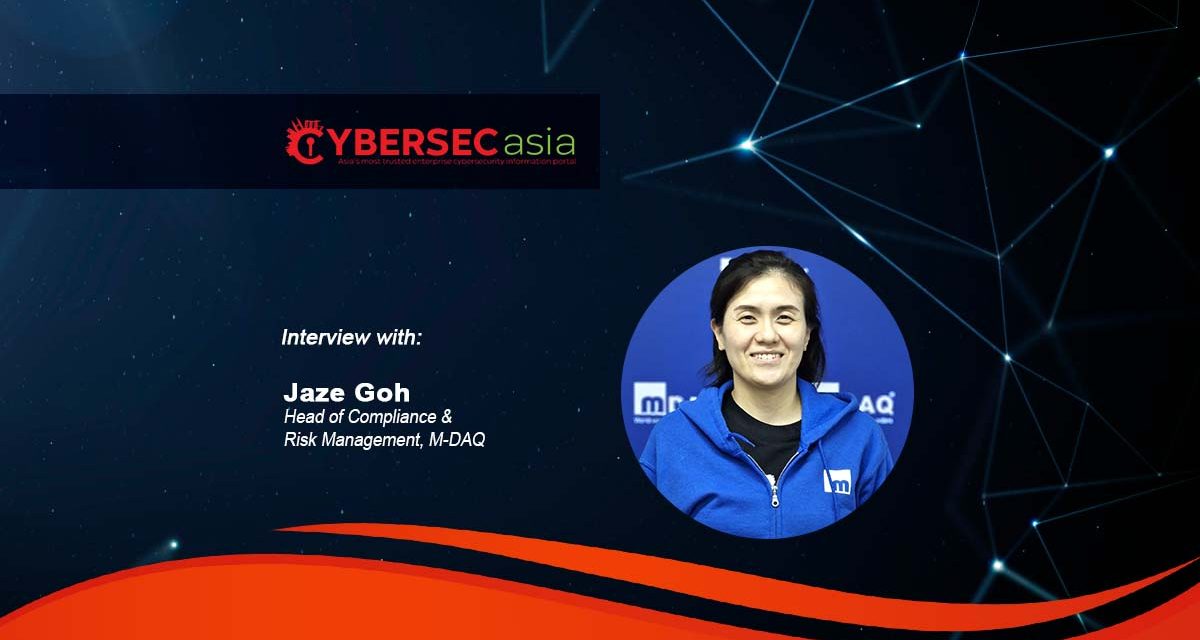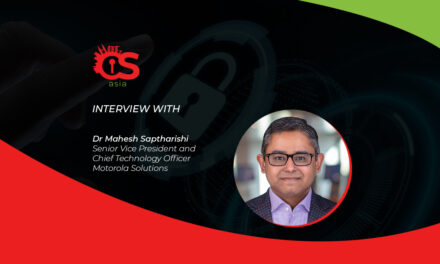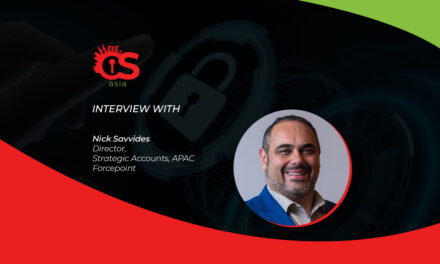JG: Governments and financial institutions can engage more frequently with industry practitioners through three key initiatives:
- Sharing of known threats and prevention measures: A proactive approach to information-sharing can significantly enhance collective defenses against emerging threats. Regulatory bodies like the Monetary Authority of Singapore (MAS) have set a strong example by sharing regular and timely updates related to cyber threats, fraud tactics, and mitigation strategies. Expanding such efforts through real-time intelligence-sharing platforms, cross-border collaborations, and public-private partnerships can further improve the industry’s resilience.
- Understanding various new tools and emphasizing the responsible use of AI: As AI continues to revolutionize fraud detection and risk management, it is crucial to educate industry players on the latest technologies, their capabilities, and their ethical implications. Financial institutions should work closely with AI developers, cybersecurity experts, and compliance professionals to develop robust governance frameworks that ensure AI-driven tools are used responsibly. This includes establishing clear guidelines for explainability, accountability, and bias mitigation in AI applications.
- Provision of support and grants for R&D in this area: Governments can play a pivotal role in fostering innovation by providing financial incentives such as grants, subsidies, and tax benefits to encourage research and development in AI-driven fraud prevention, cybersecurity, and financial crime mitigation. Investing in research and development collaborations can accelerate the development of next-generation security solutions, fraud analytics models, and AI-powered compliance tools.
What are some examples of financial institutions in Asia Pacific successfully implementing AI-driven AML solutions?
JG: The Asia Pacific region is witnessing a significant surge in the adoption of AI-driven Anti-Money Laundering (AML) solutions, as financial institutions increasingly recognize the need for advanced technologies to combat financial crime. AI-powered AML applications range from analyzing extensive transaction data to identifying suspicious patterns, reducing false positives, and automating customer due diligence processes (CDD) to detect and prevent fraudulent activities.
This trend is exemplified by M-DAQ’s CheckGPT, which leverages AI to streamline the onboarding process for our corporate customers by automating critical aspects of CDD and name screening against sanctions databases, adverse news, and independent media. This approach reduces around 80% onboarding time while maintaining the accuracy and consistency of the process.
Additionally, a leading payments provider struggled with manual customer onboarding processes and false positive alerts in name screening, which requires extensive resources and a long processing time. The company implemented an AI-driven solution to enable the reading of CDD documents, automate risk assessments, and provide justification for the dismissal of false alerts by the AI solution.
By implementing CheckGPT, the company achieved 30x more customers onboarded, a 10x increase in gross transacted value over six months, and a 90% reduction in false positive alerts. This dramatically improved accuracy, cutting down unnecessary compliance investigations and allowing resources to focus on genuine risks. CheckGPT’s AI-powered automation not only enhanced compliance efficiency but also improved customer experience, providing faster access to global payment services while maintaining robust security.

















